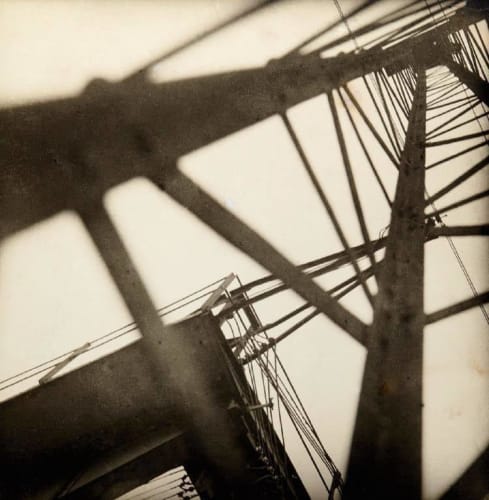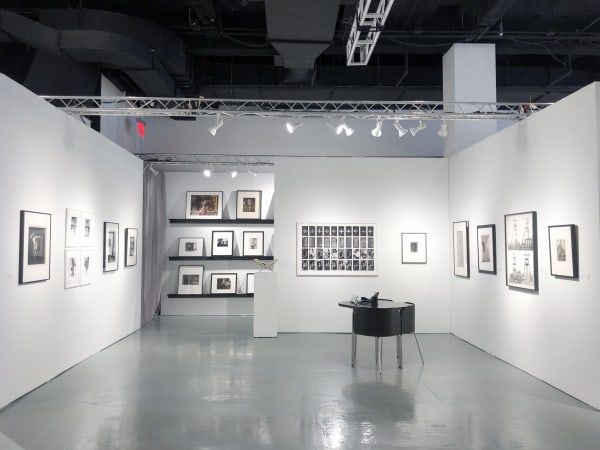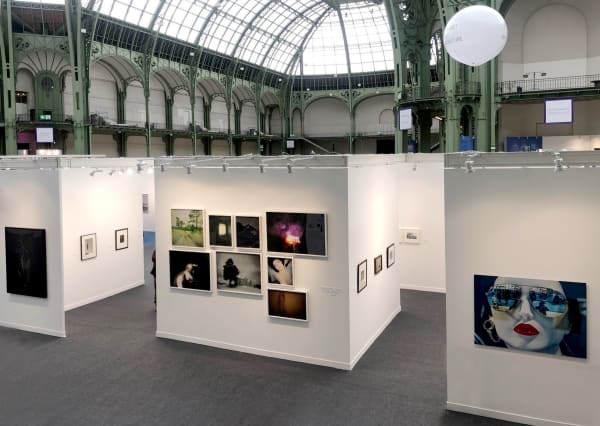Jaroslav Rossler (1902-1990) is a distinguished artist and a part of the Czech avant-garde movement known for his experimental compositional techniques. After studying under the pictorialist style, he left to establish his style by fusing multiple artistic approaches– Cubism, Pictorialism, and Expressionism. He spent most of his career working with different approaches to the photographic medium, working with photomontage, carbon printing, and double exposure. His prints often feature tonal gray images, some featuring more contrast than others, along with different distortions of line, shape, and sometimes color. He enjoyed working with geometry, seeing how he could form light and shadow through different perspectives.
Jaroslav Rossler was born in 1902 in the Czech Republic and spent the early years of his career studying under Frantisek Drtikol, with whom he learned printing techniques and the fine art of oil and pigment. In 1923, he began collaborating with artist Karl Teige, where he started his well-known work surrounding geometry in combination with photomontage and collage. At this same time, he also became a member of the Devětsi. A couple of years later, after a 6-month study in Paris, he moved there to work with some of the finest studios and worked in commercial photography. In the 1930s, he began photographing Paris Street life, where he got involved in capturing protests and activism. In 1935, he was expelled from Paris due to his involvement in street demonstrations. He returned to Prague after this, where he opened an Atelier, subsequently taking a break from the medium. In the 1950s, he revived his abstraction expressionist work, moving to more scientific approaches to solarization.
His work has been featured and is currently housed in major institutions such as the Kicken Berlin, Museo Reina Sofia, Centre Pompidou, the National Gallery of Art, The International Center of Photography, The Museum of Modern Art, and the Art Institute of Chicago.




